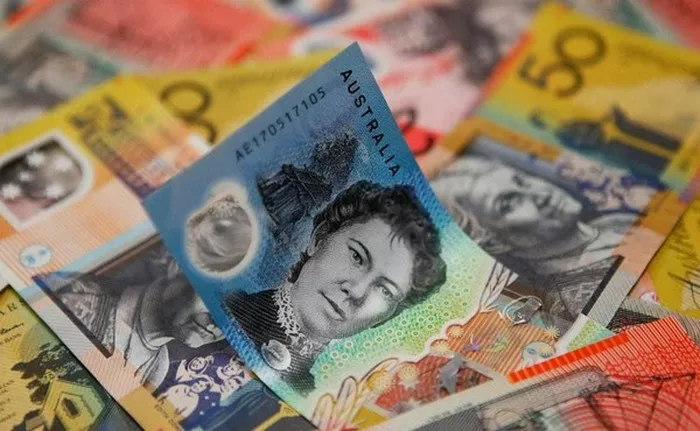The Australian dollar, like any other currency, is subject to fluctuations in the foreign exchange market. One of the key indicators of these fluctuations is its exchange rate against other major currencies. When the Australian dollar experiences a decline in value relative to other currencies, it is referred to as a “low Australian dollar.” In this article, we will explore the implications of a low Australian dollar and how it can impact various aspects of the economy.
Export Competitiveness
One of the primary effects of a low Australian dollar is an increase in export competitiveness. When the Australian dollar depreciates, it means that Australian goods and services become more affordable for foreign buyers. This can lead to a boost in exports as international consumers find Australian products relatively cheaper compared to goods from countries with stronger currencies.
Export-oriented industries, such as mining, agriculture, and manufacturing, tend to benefit from a lower exchange rate. Increased demand for Australian exports can contribute to economic growth, create jobs, and enhance the overall competitiveness of the country’s export sector on the global stage.
Tourism and Hospitality
Conversely, a low Australian dollar may impact the tourism and hospitality industry. International travelers may find Australia more expensive as their own currencies may have strengthened against the Australian dollar. This can result in a decline in the number of foreign tourists visiting the country, affecting businesses in the tourism and hospitality sector.
However, for Australians planning overseas travel, a weaker domestic currency can make international destinations more affordable. This could potentially encourage domestic tourism as Australians seek value for money in their travel plans.
Inflation and Import Costs
A depreciating Australian dollar can contribute to inflationary pressures. As the value of the currency decreases, the cost of importing goods and services rises. Businesses that rely on imported raw materials or finished products may face increased production costs, which can, in turn, be passed on to consumers through higher prices.
While this can lead to short-term challenges, it may also incentivize domestic production and manufacturing as businesses seek to reduce their dependence on costly imports. Over the long term, this shift towards self-sufficiency could strengthen certain sectors of the economy.
Foreign Investment
A low Australian dollar can make the country more attractive to foreign investors. The reduced currency value means that foreign investors can acquire Australian assets and investments at a lower cost. This can stimulate foreign direct investment (FDI) in sectors such as real estate, infrastructure, and businesses, potentially injecting capital into the Australian economy.
However, policymakers need to strike a balance to ensure that the influx of foreign capital aligns with the national interest and does not compromise the economic sovereignty of the country.
Central Bank Policy and Interest Rates
In response to a low Australian dollar, the Reserve Bank of Australia (RBA) may adjust monetary policy to stabilize the economy. One common tool is the manipulation of interest rates. The RBA may choose to raise interest rates to support the currency and curb inflationary pressures associated with a weaker Australian dollar.
On the other hand, a low currency can also provide the RBA with an opportunity to lower interest rates to stimulate economic activity. This can make borrowing more attractive, encourage investment, and potentially boost consumer spending.
See Also Are old Australian notes still valid?
Conclusion
In conclusion, a low Australian dollar has multifaceted implications for the economy, impacting various sectors and aspects of day-to-day life. While exporters may benefit from increased competitiveness, import-dependent businesses may face challenges due to higher costs. The tourism industry might experience a downturn, but domestic tourism could see an uptick.
Policymakers, including the Reserve Bank of Australia, play a crucial role in managing the consequences of a low Australian dollar. Striking a balance between promoting economic growth, controlling inflation, and safeguarding national interests requires careful consideration and strategic decision-making.
As the global economic landscape continues to evolve, understanding the dynamics of currency fluctuations remains essential for businesses, investors, and policymakers alike. Keeping a close eye on the factors influencing the Australian dollar and its impact on the broader economy is crucial for making informed decisions in an interconnected and dynamic world.


